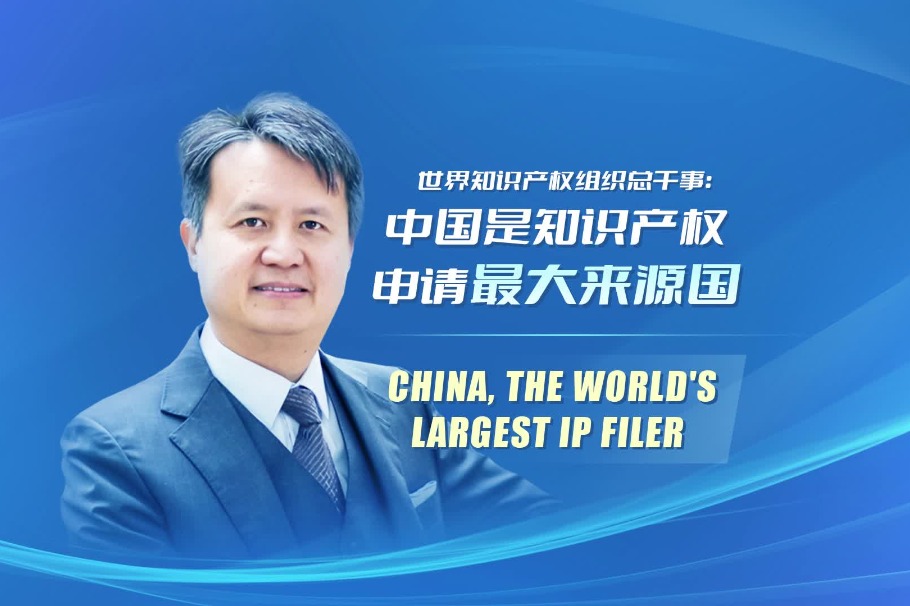Better IPR protection can boost innovation


In recent years, the rapidly growing internet economy has become an important engine for the transformation and upgrading of national economies, and for making them more effective. The internet economy has also had a profound impact on societies, cultures, national economies and the well-being of the people.
But since intellectual property created in the age of the internet tends to be intangible and virtual, more and more intellectual property rights (IPRs) have faced challenges. This has led to a large number of and frequent disputes over internet-related IPRs. Surveys show that internet-related IPR disputes have accounted for 42 percent of all IPR disputes over the last three years.
The fast growth of internet-based new technologies, new modes and new business models poses a challenge to the institutional design of the current IPR system and law-enforcement mechanism. The designs and new business models related to e-sports and graphic user interface, for example, need to be included in IPR protection, and the rights related to new technologies such as artificial intelligence (AI), big data and cloud computing need to be better defined for legal reference.
Since internet technology has significantly lowered the cost of plagiarizing innovations and discoveries, and given the fast pace of dissemination, strong penetration and highly concealable nature of internet-based infringement, gathering evidence against such illegal activities has become even more difficult. The internet has even blurred the national boundaries of infringement.
Such infringements could take place anywhere, a remote place within a country, or overseas, making it very difficult to enforce the law and punish the culprits by furnishing foolproof evidence against such illegal acts.
Therefore, it is necessary to enhance institutional design and innovation in the law-enforcement system for the protection of internet-related IPRs.
First, innovative methods should be used to design the system and rules for the protection of internet-related IPRs. Efforts should be made to solve the problem of ownership of copyrights and ideas created via AI technology, and to explore ways to establish a collective ownership of rights. Based on the framework of existing rules, the authorities should enhance the protection of internet-related new technologies, new modes and new business models and explore the use of the patent system to strengthen the protection of technologies related to computer software and big data collection, and protect trade secrets and business models.
Second, there is a need to enhance law enforcement against internet-related IPR infringements and counterfeits, and make full use of the advantages of administrative enforcement to act quickly and effectively, so as to resolve and curb internet-related IPR disputes.
The authorities should develop a stronger coordination mechanism for protecting IPRs and innovative e-commerce practices, and effectively curb internet-related cross-border infringements. To overcome the problems and obstacles in ensuring internet plus-related IPR protection, the authorities should make use of new technologies such as AI, cloud computing, big data and block chain, which will allow them to carry out online identification, real-time monitoring, source tracking and evidence fixing in infringement cases, especially those involving counterfeits.
And third, the authorities should accelerate the establishment of a coordination mechanism for cross-border IPR protection so they can settle crossborder internet-related IPR cases. Also, guidance centers should be established to handle overseas IPR disputes, and build an information collection hub for IPR laws and regulations, in order to provide better consultation and services to internet enterprises engaged in IPR disputes.
The authorities should also enhance international and regional cooperation to establish a cross-border enforcement coordination mechanism to effectively tackle cross-border internet-related IPR infringements.
The author is deputy commissioner of China National Intellectual Property Administration.




